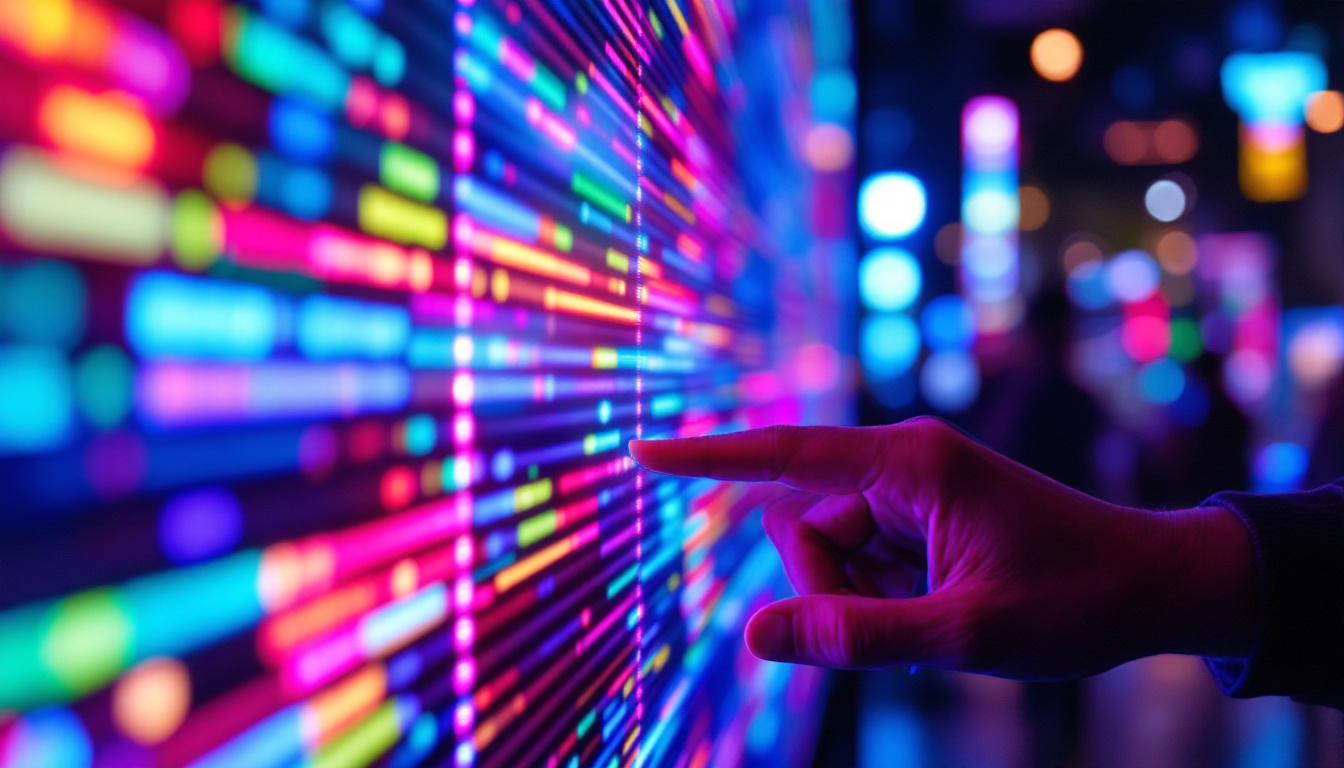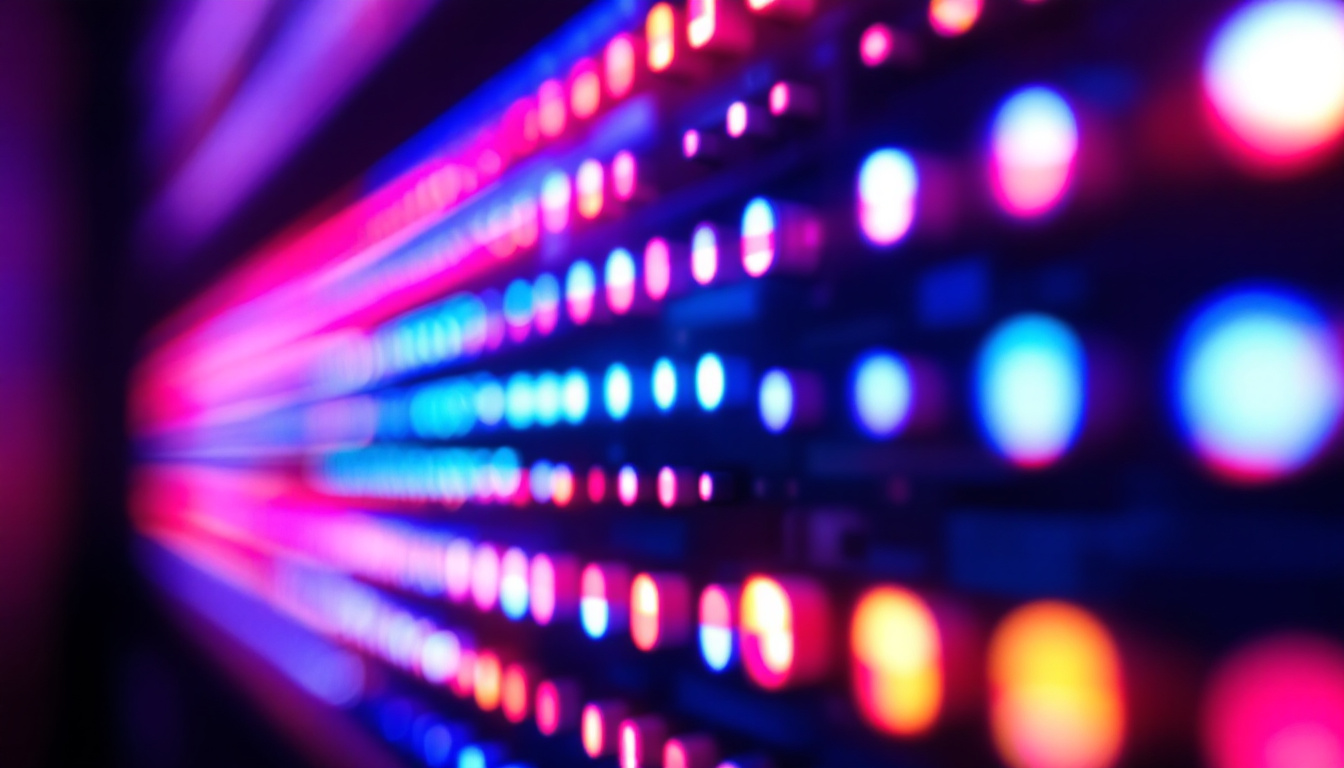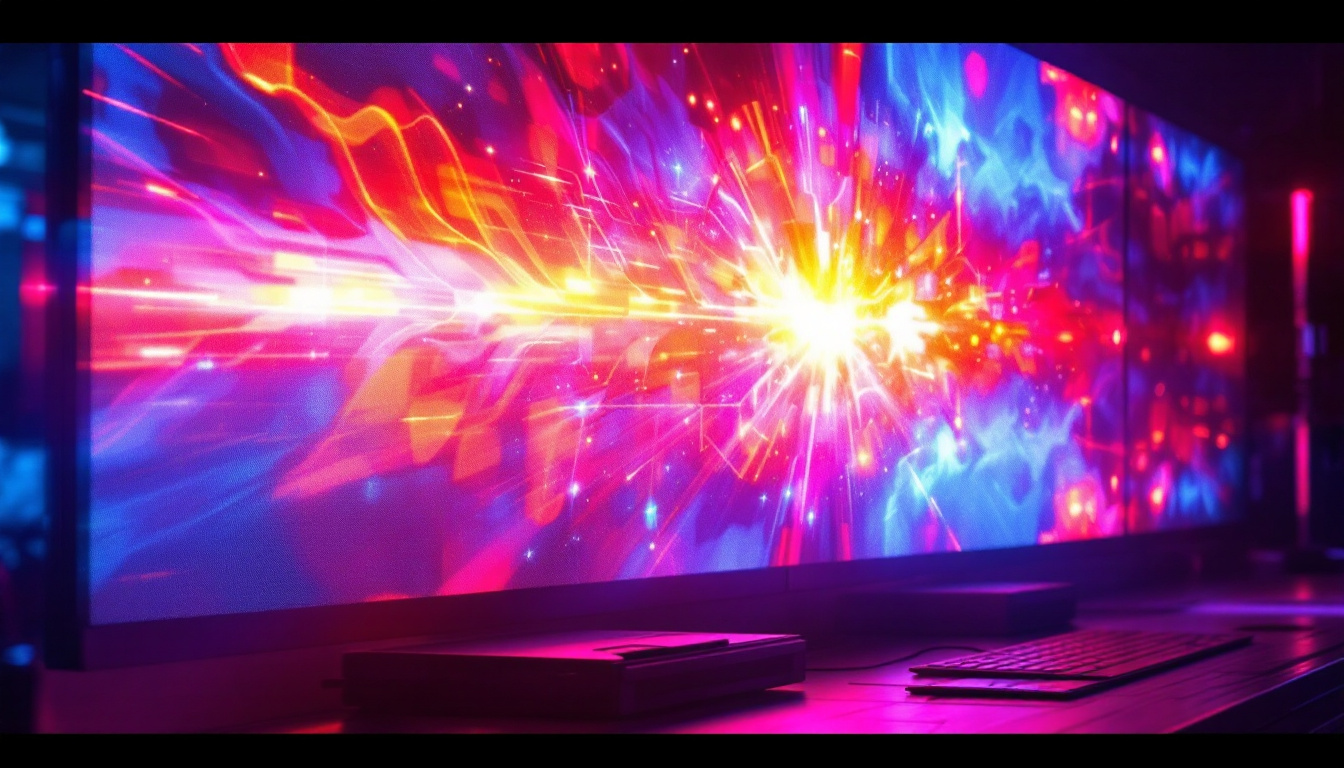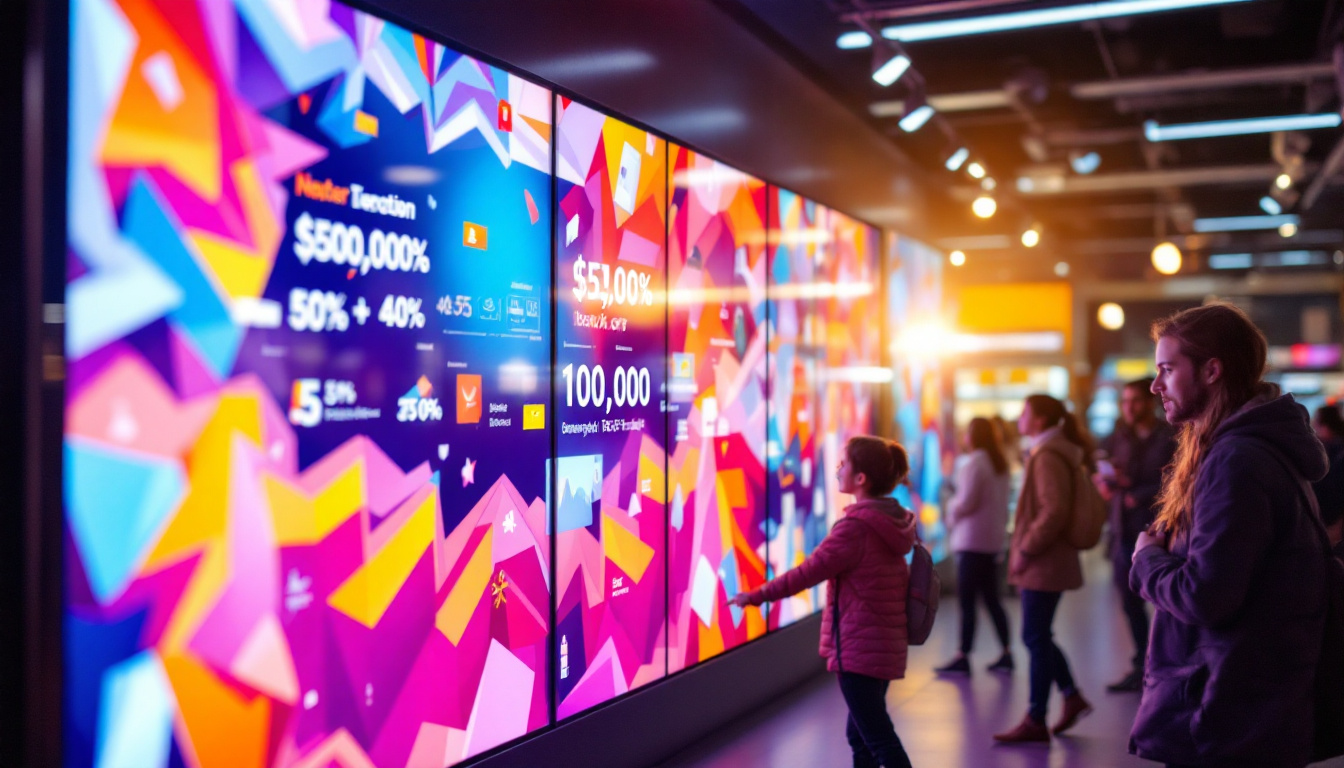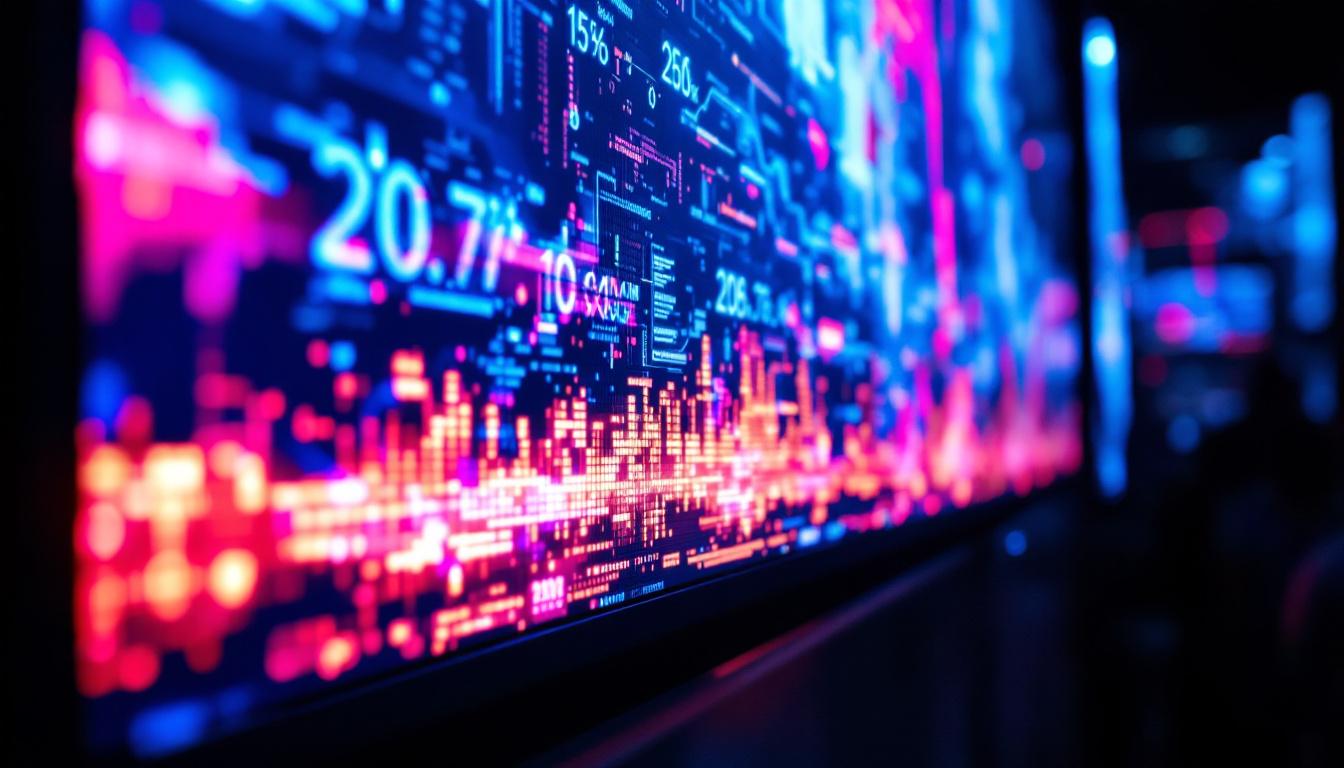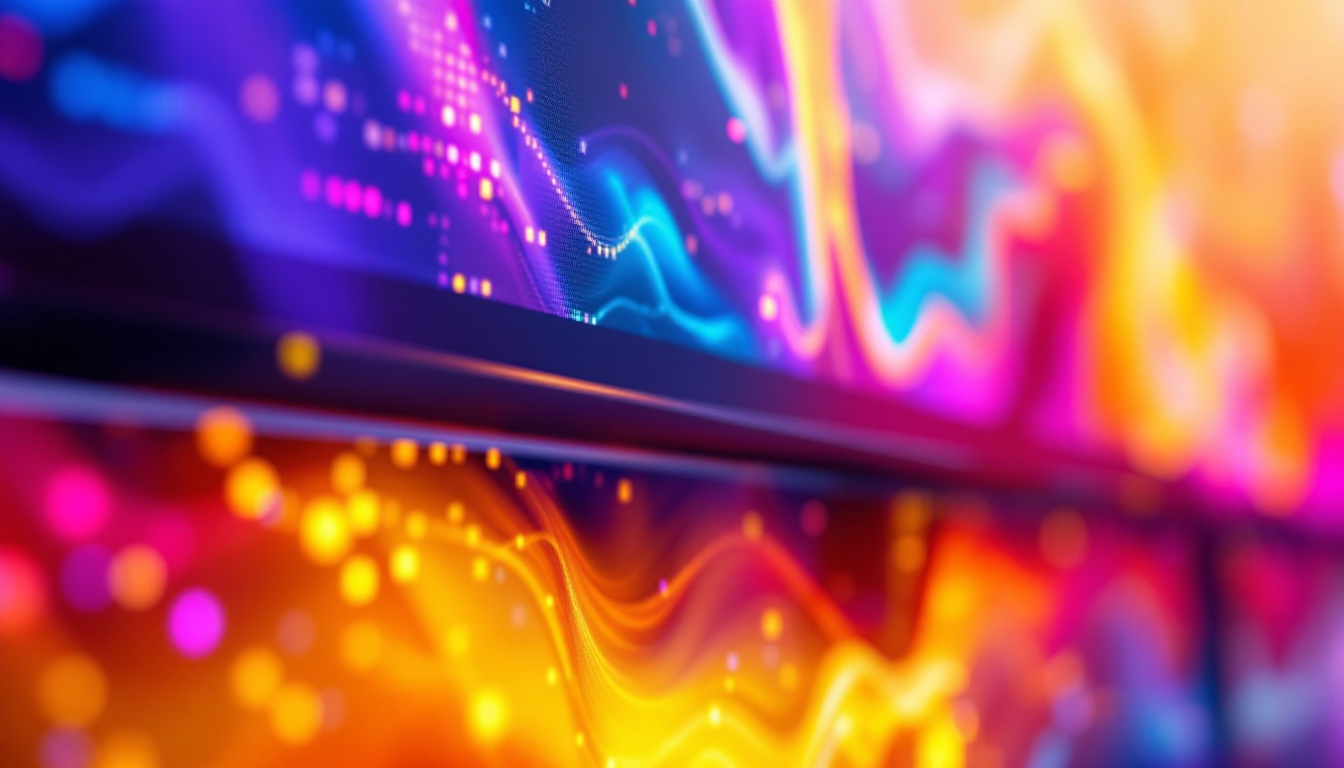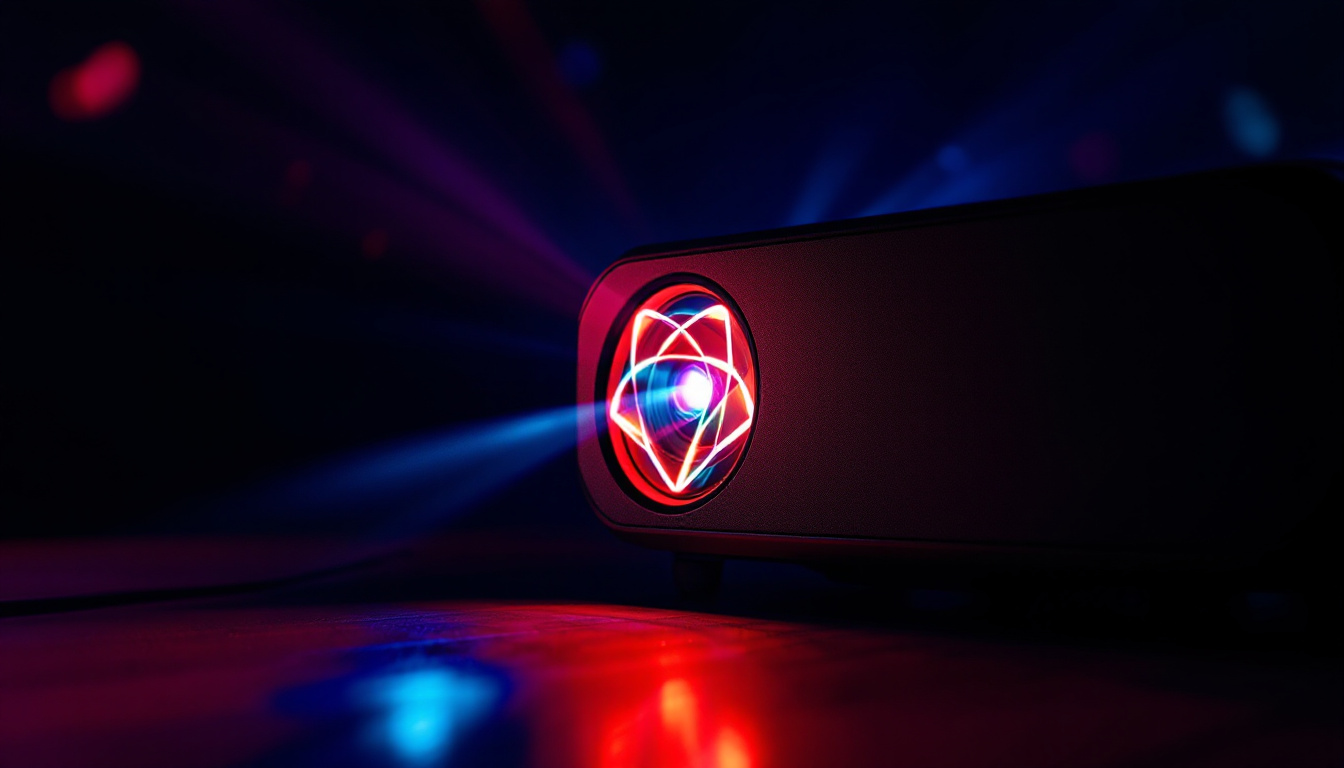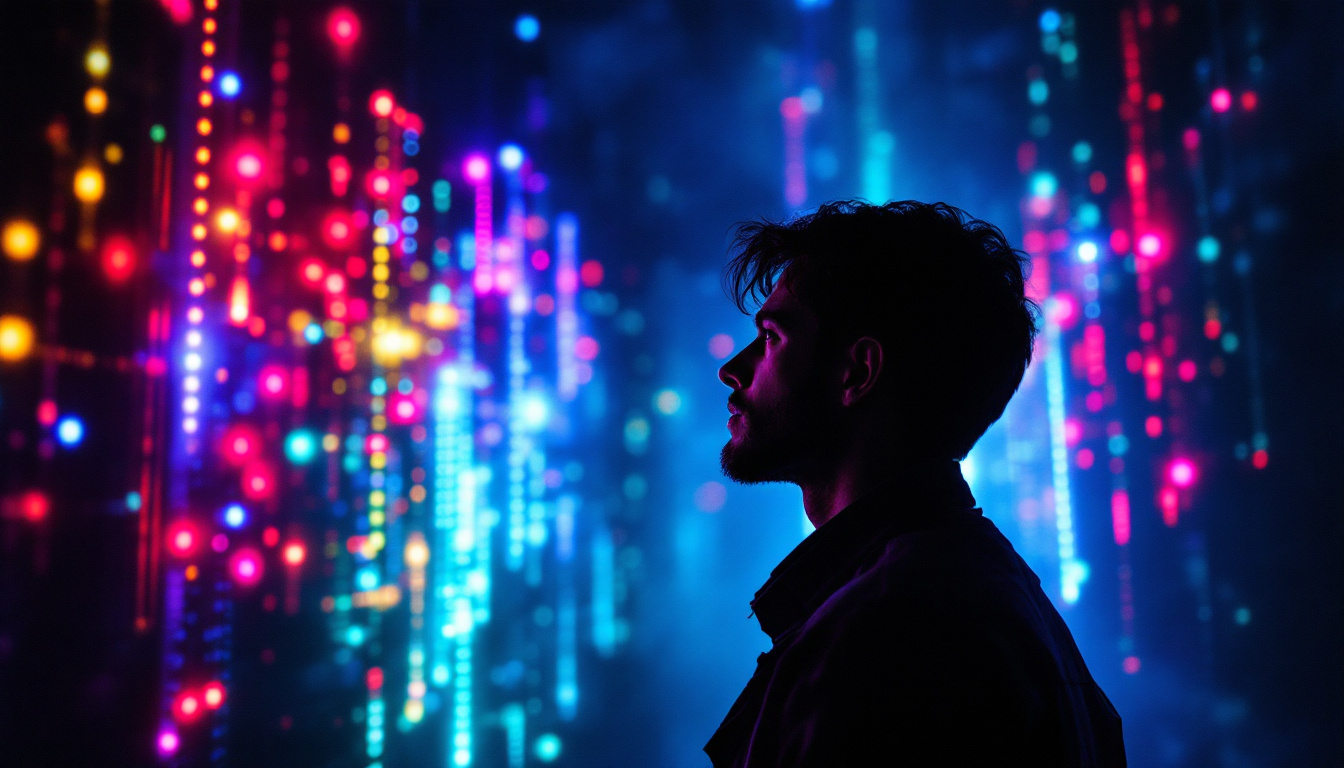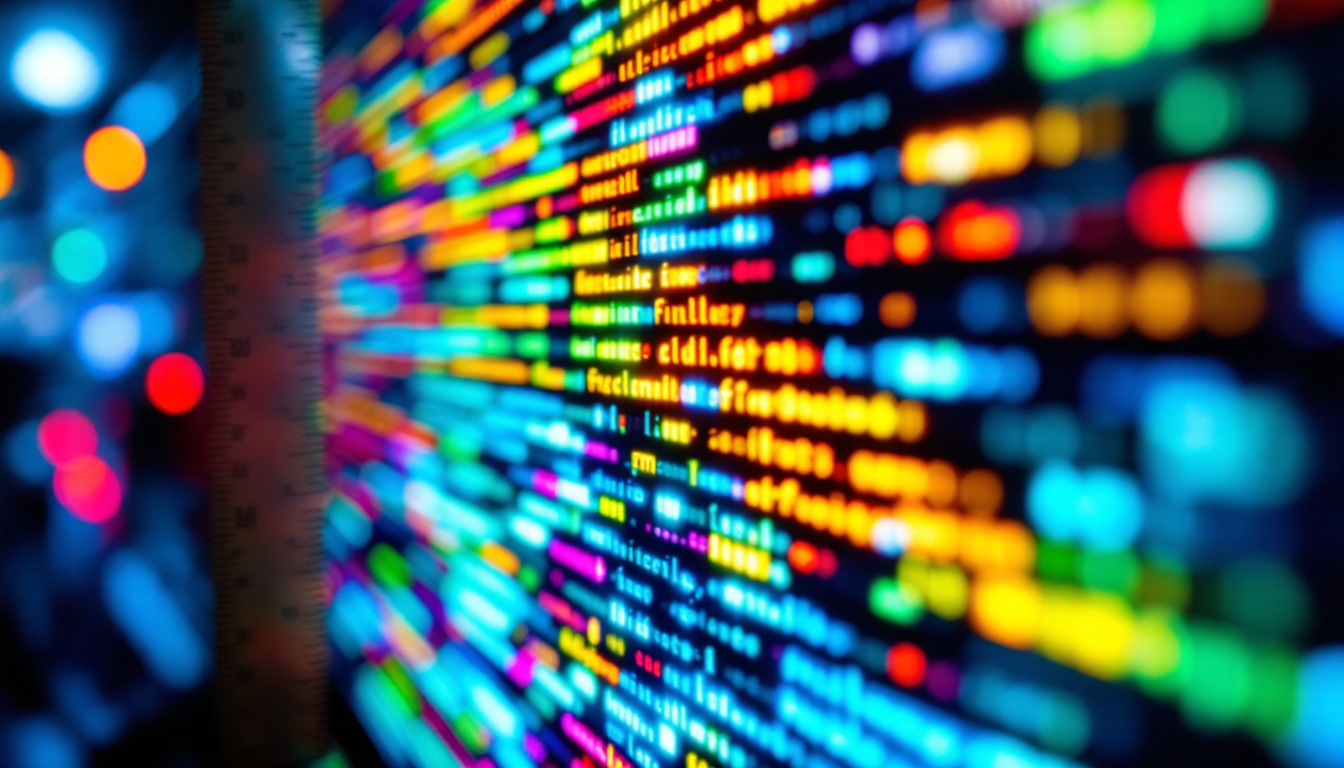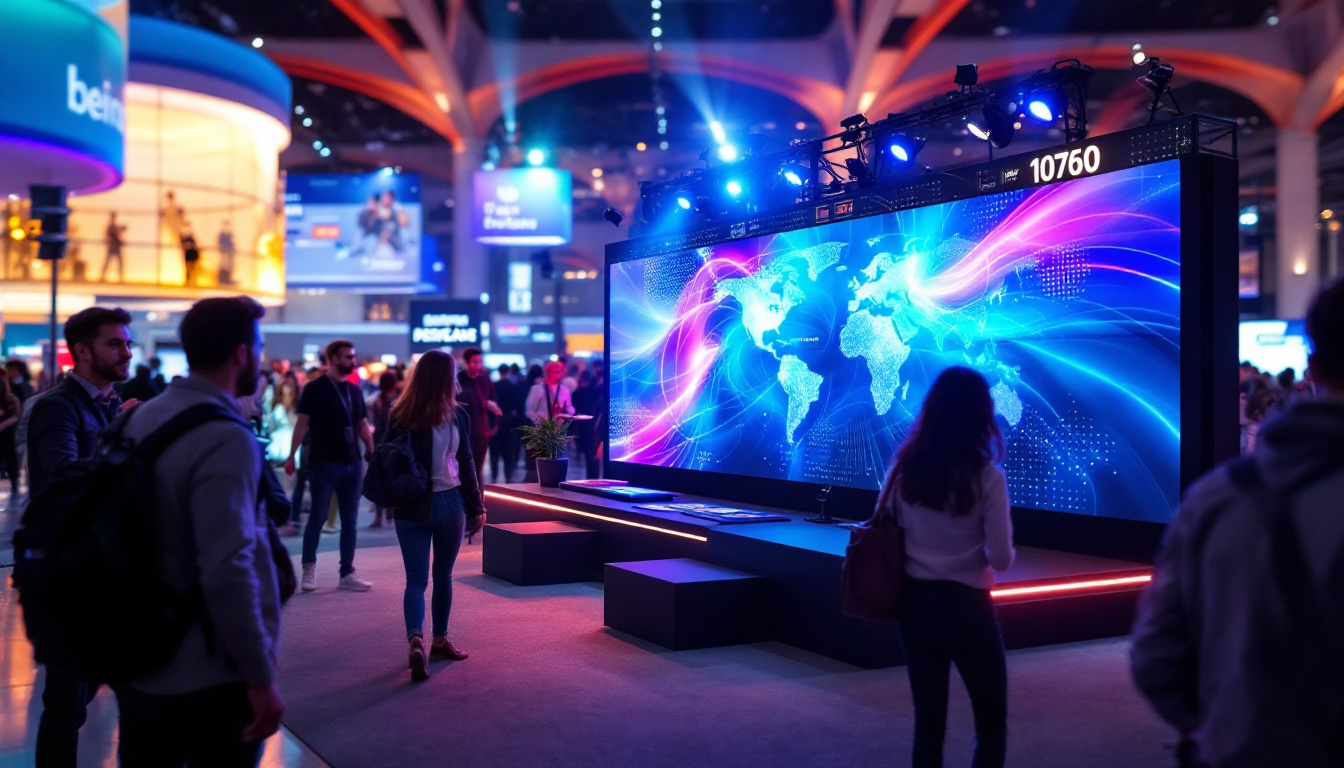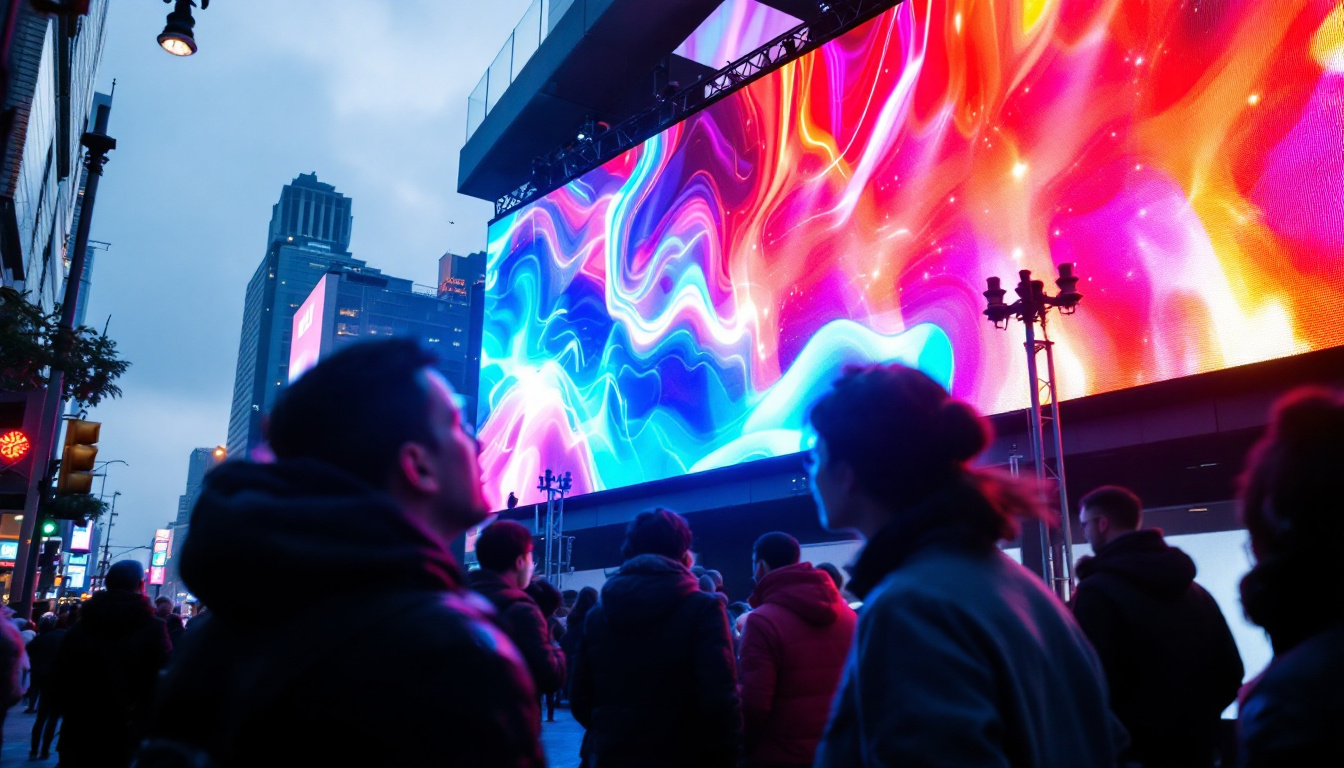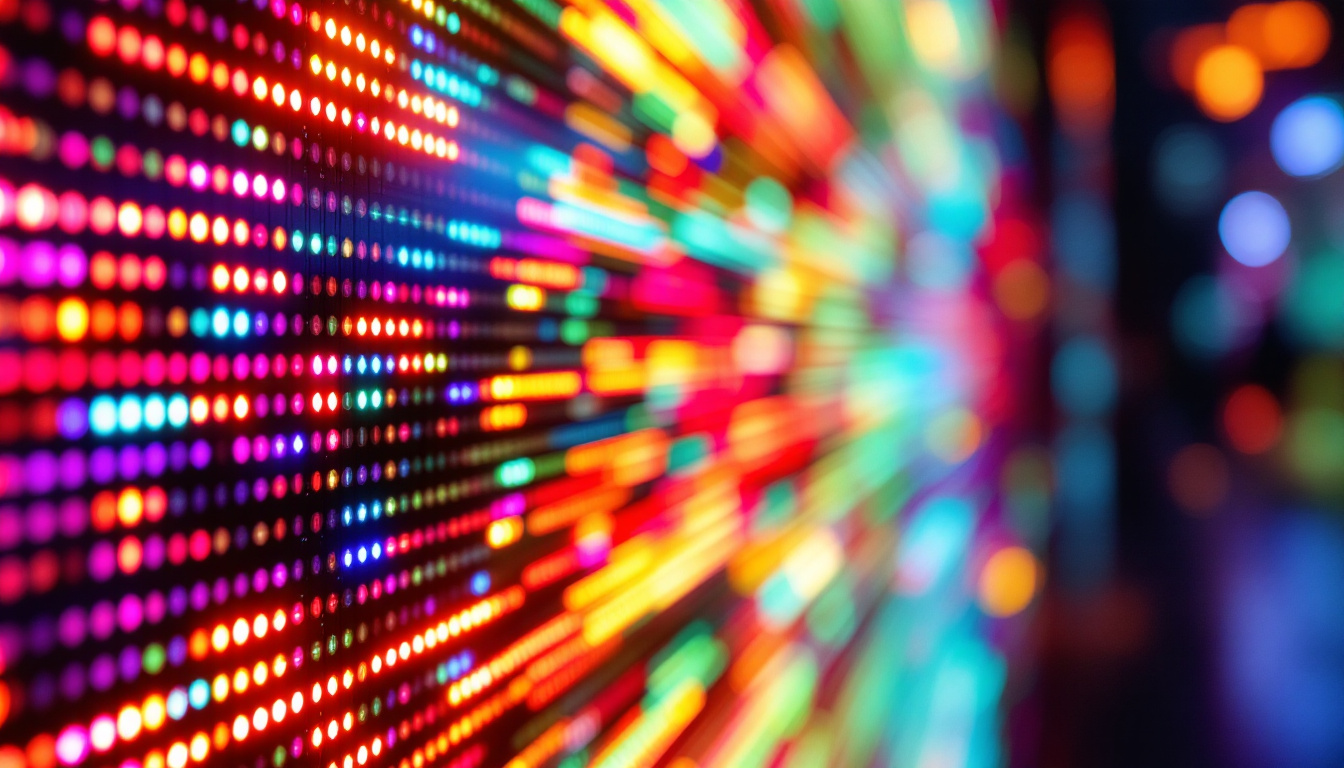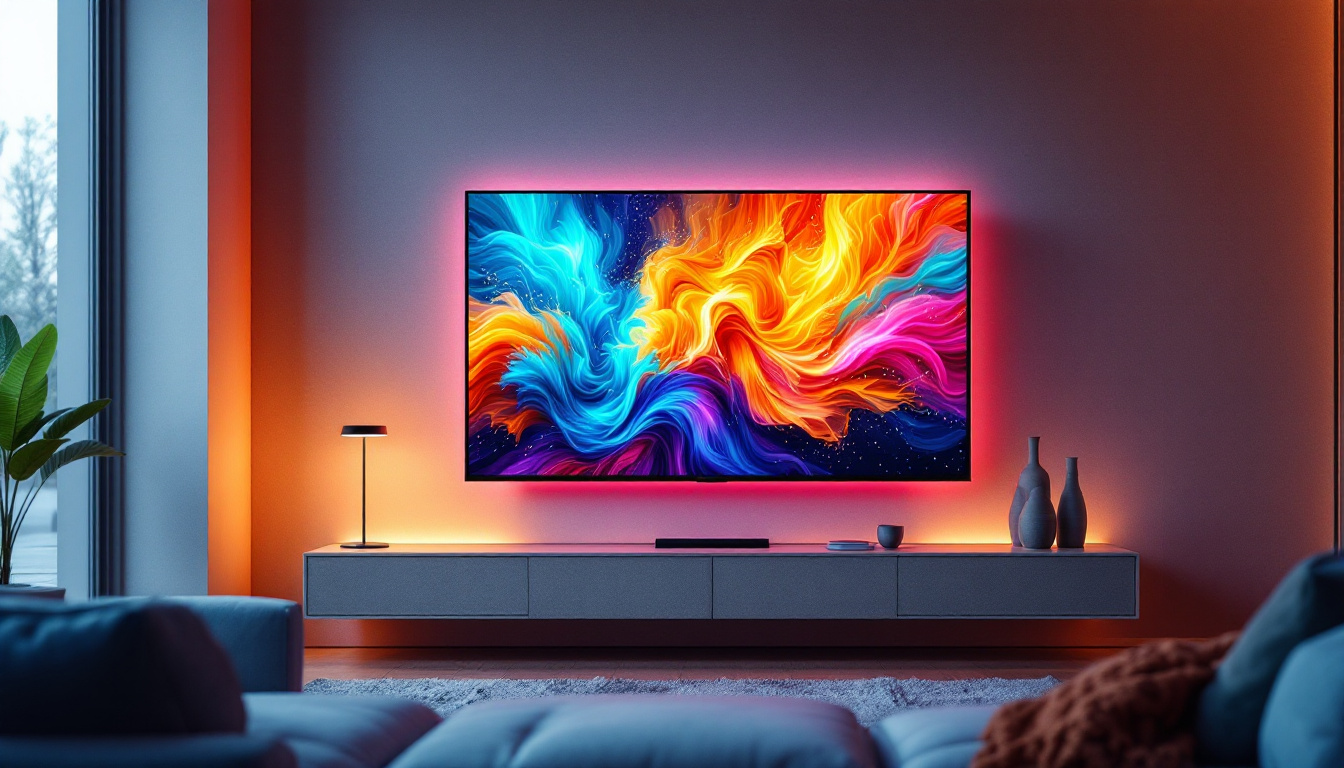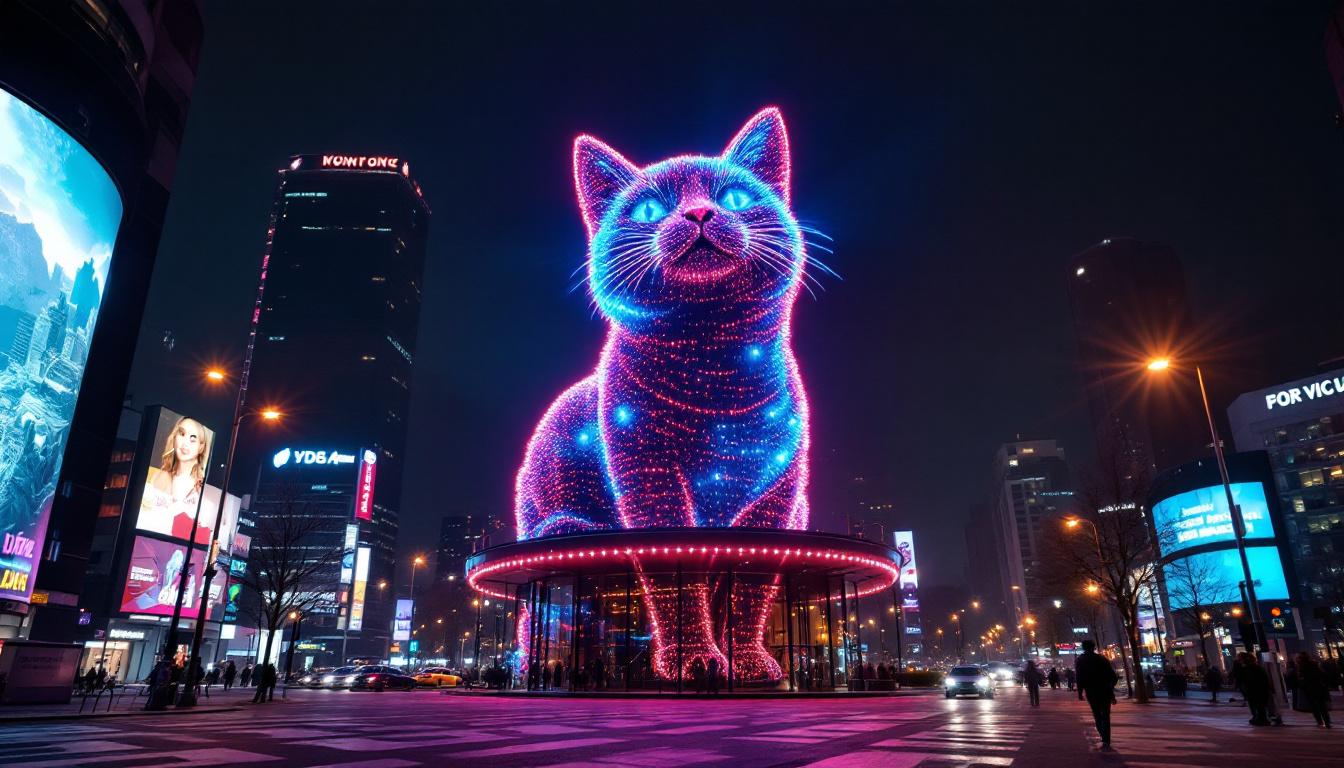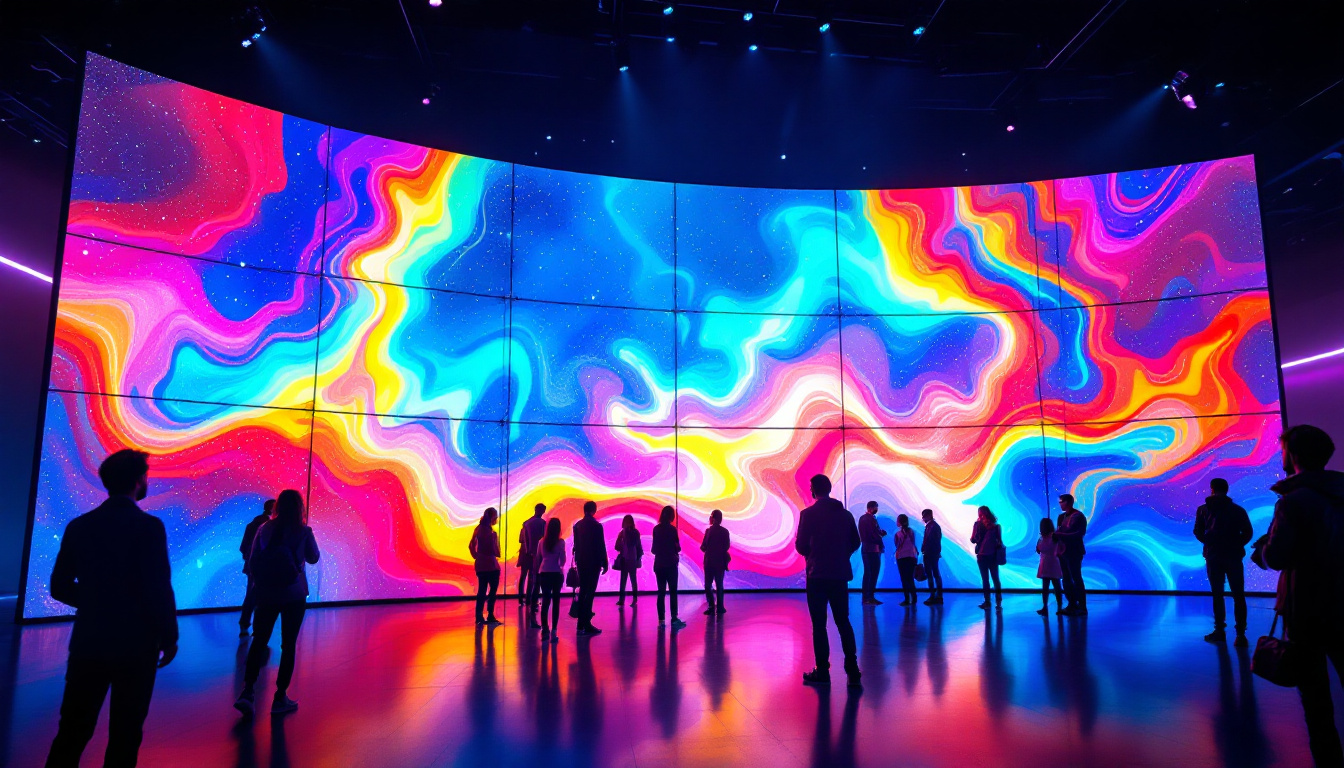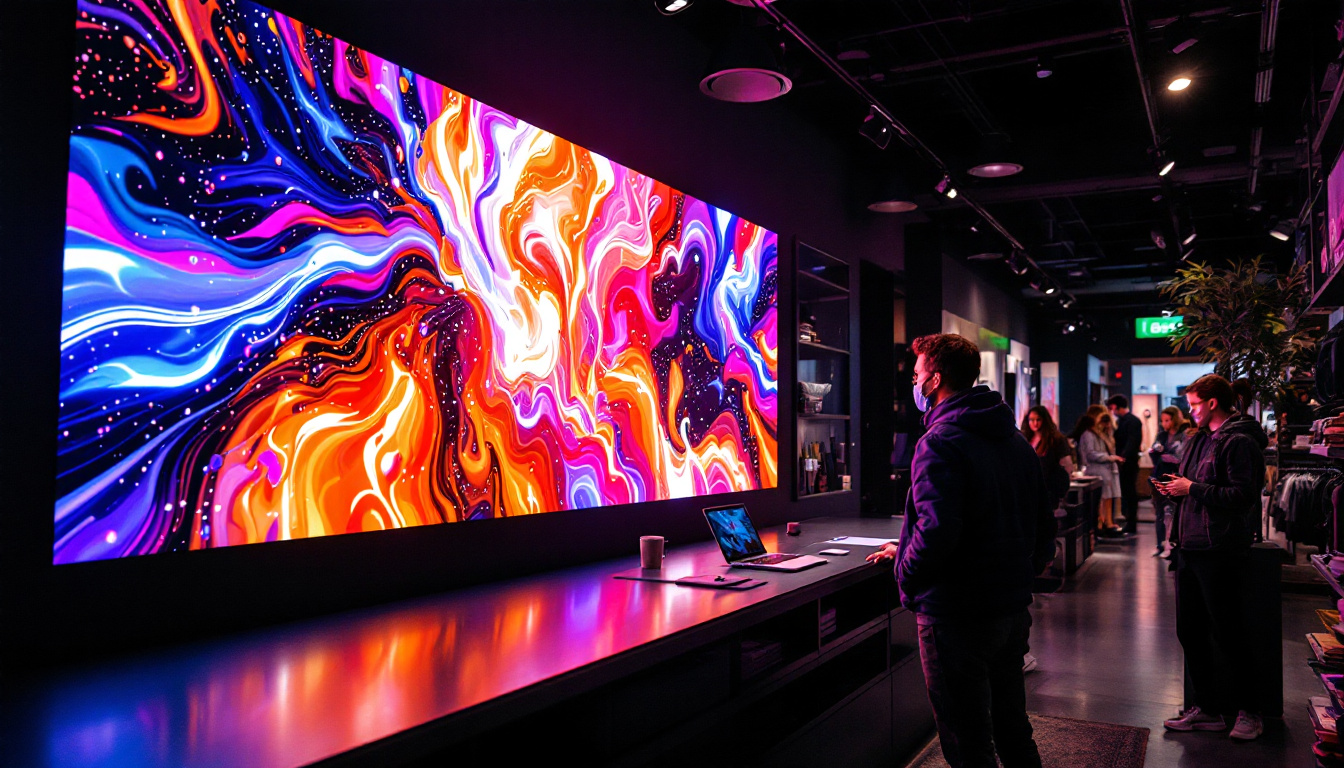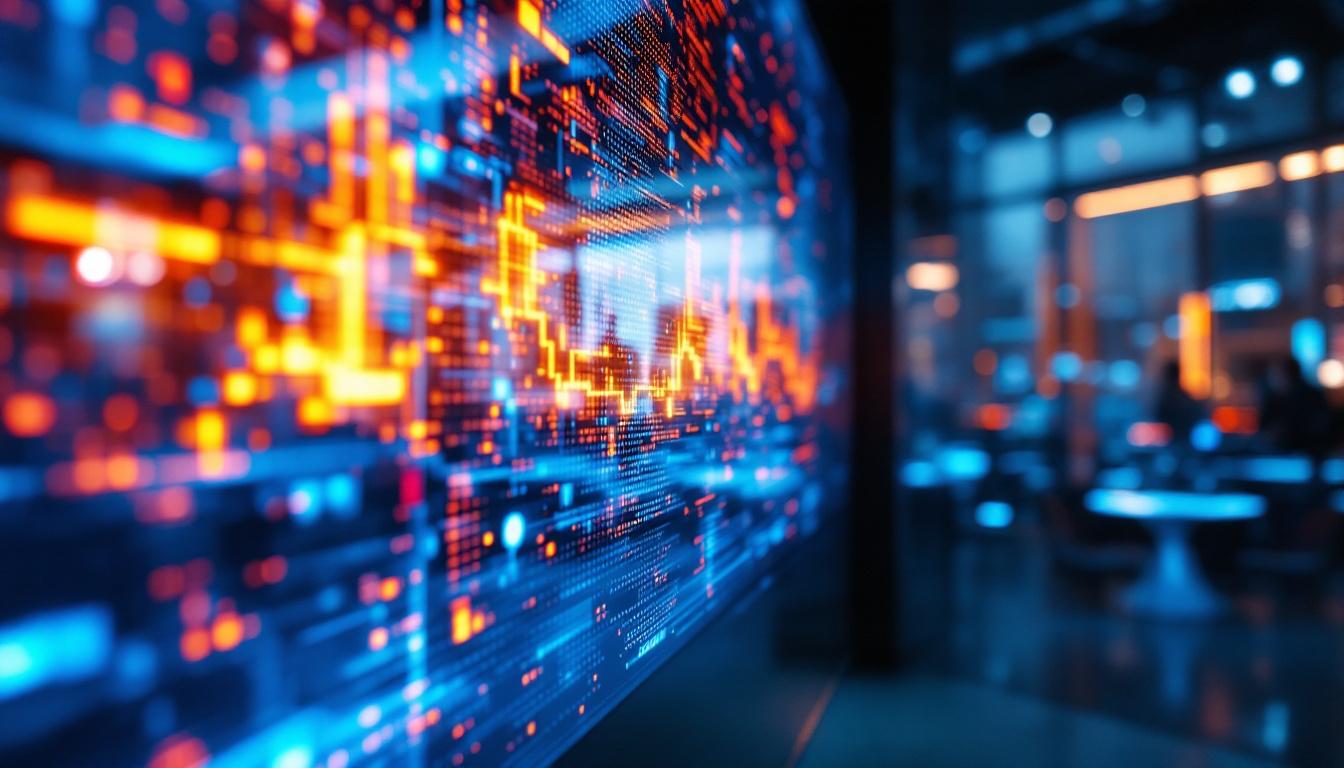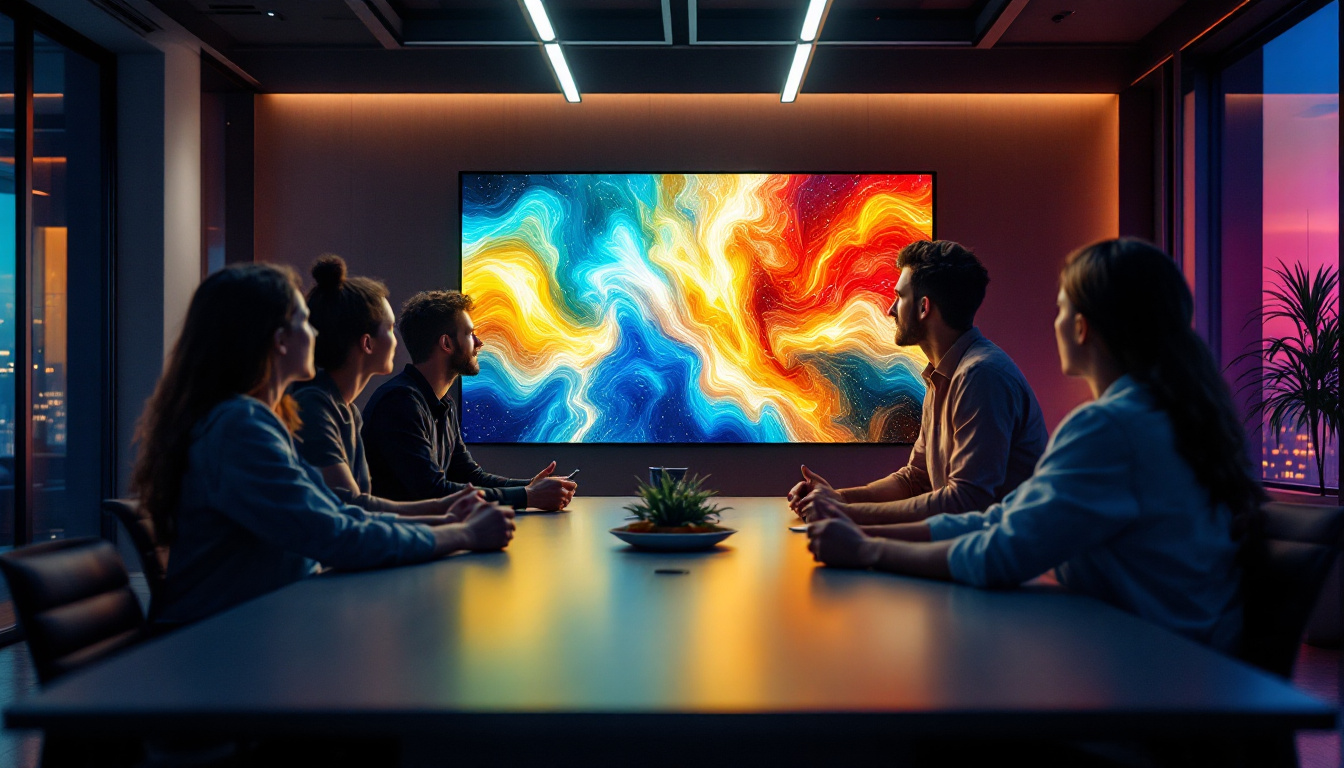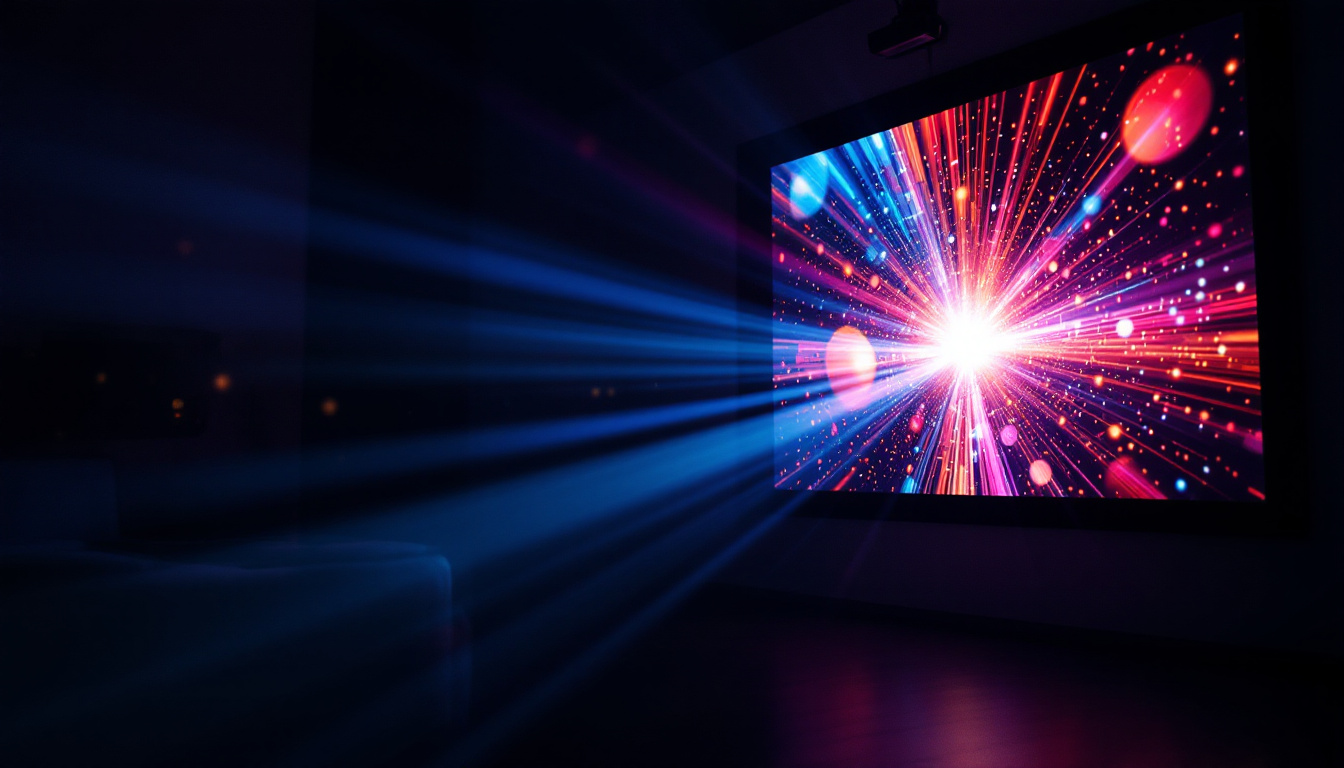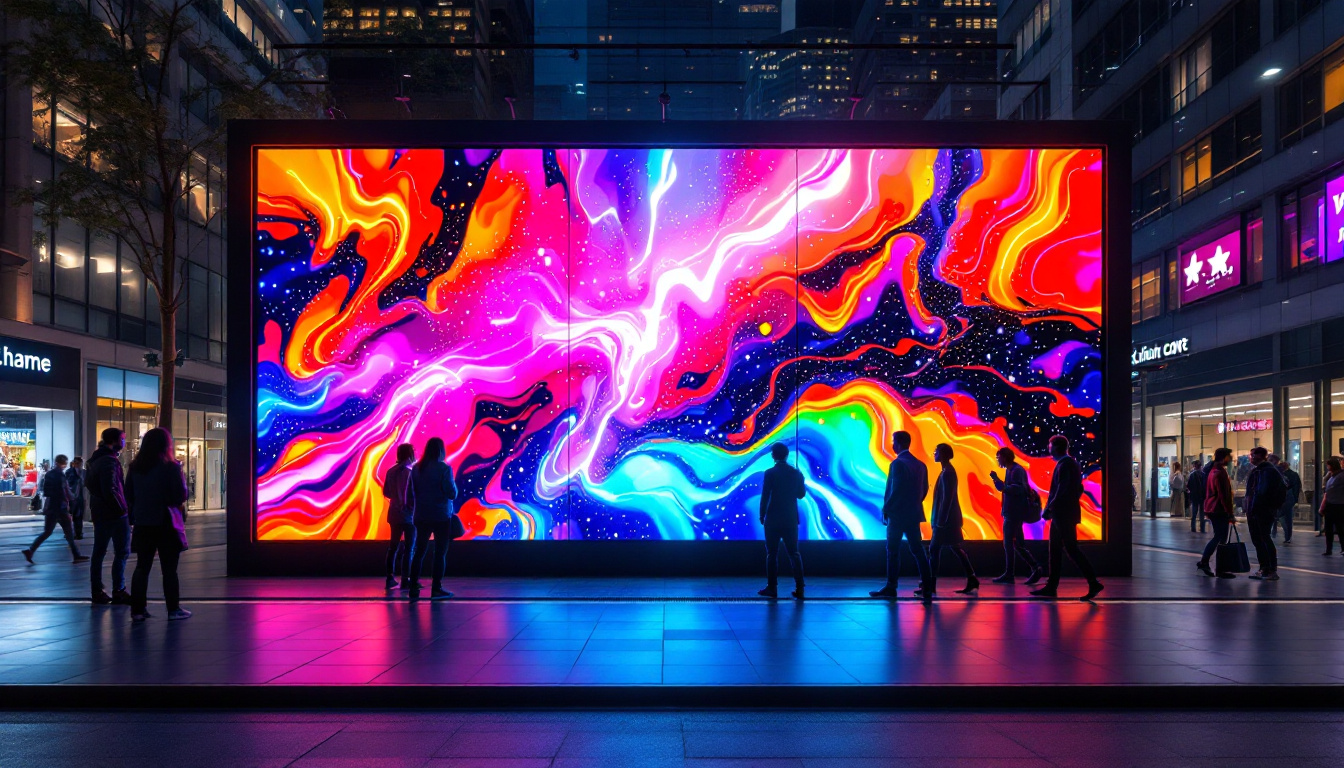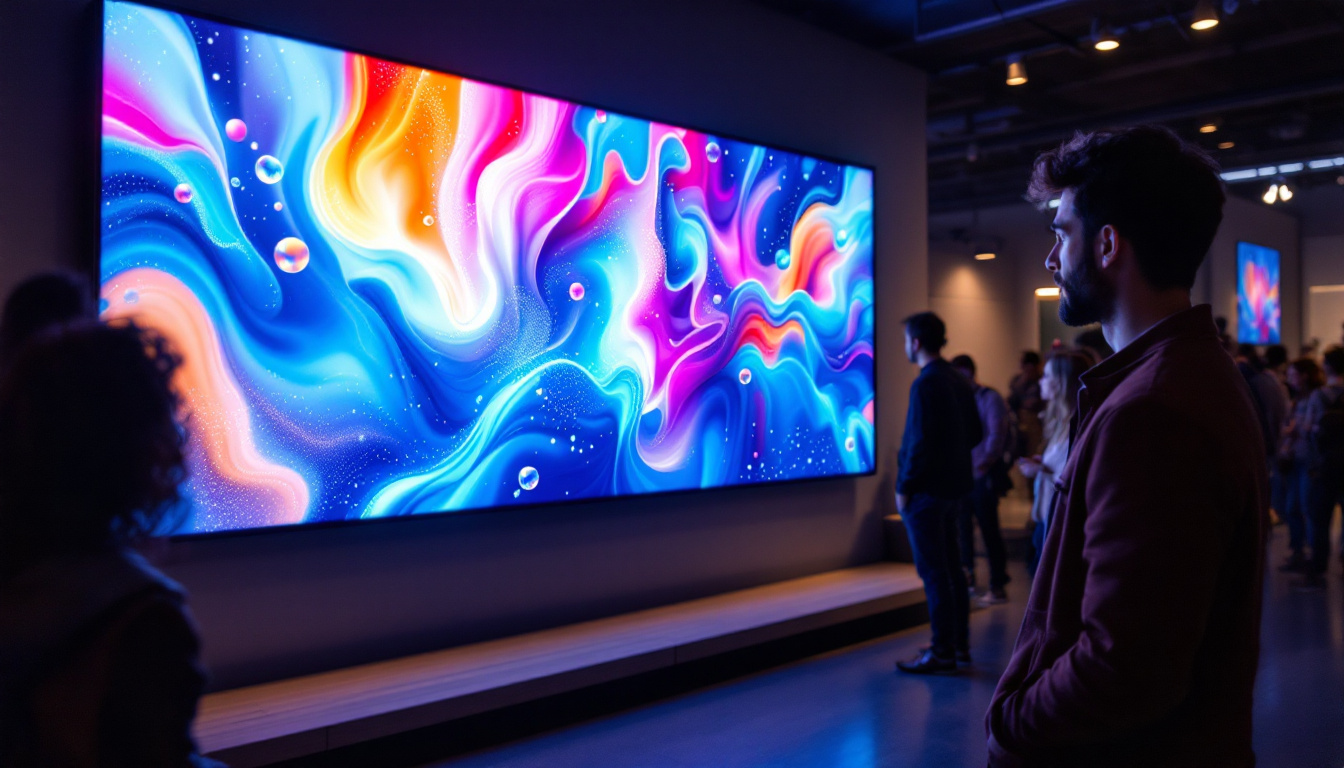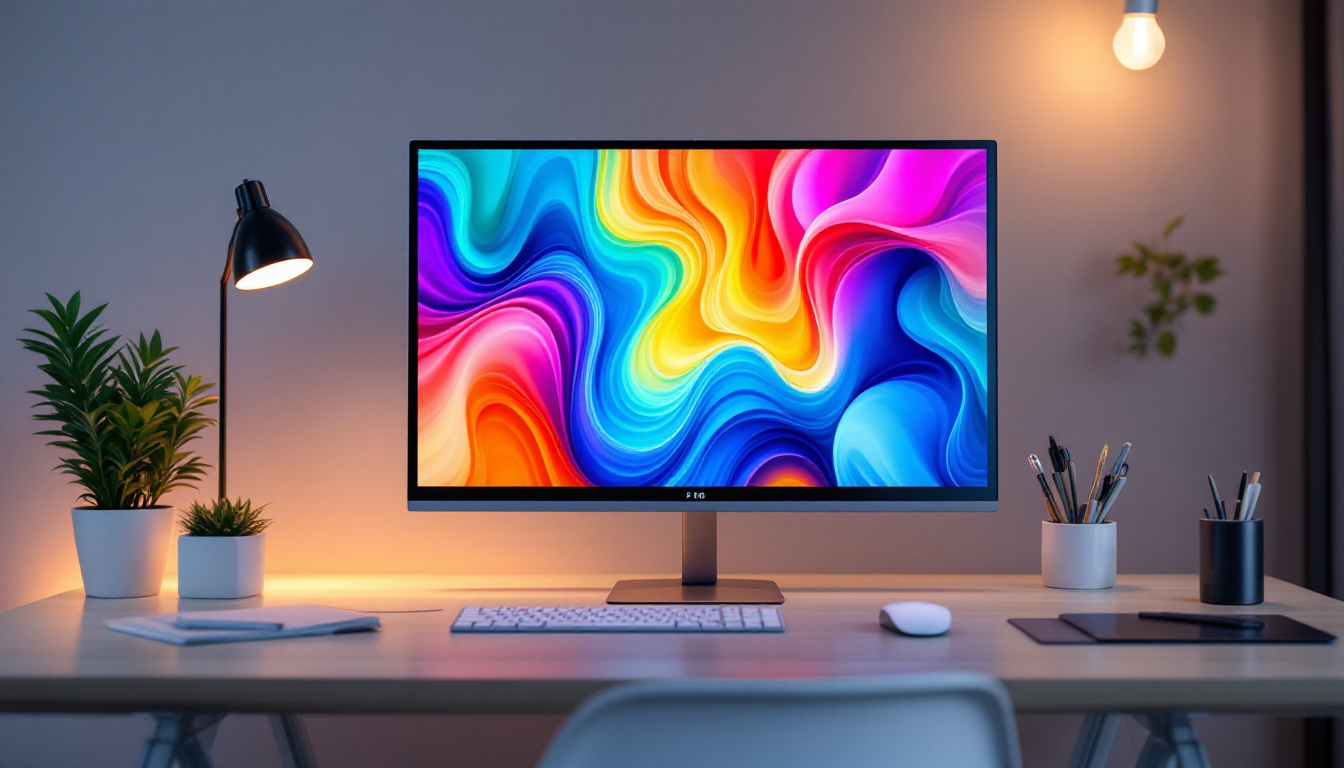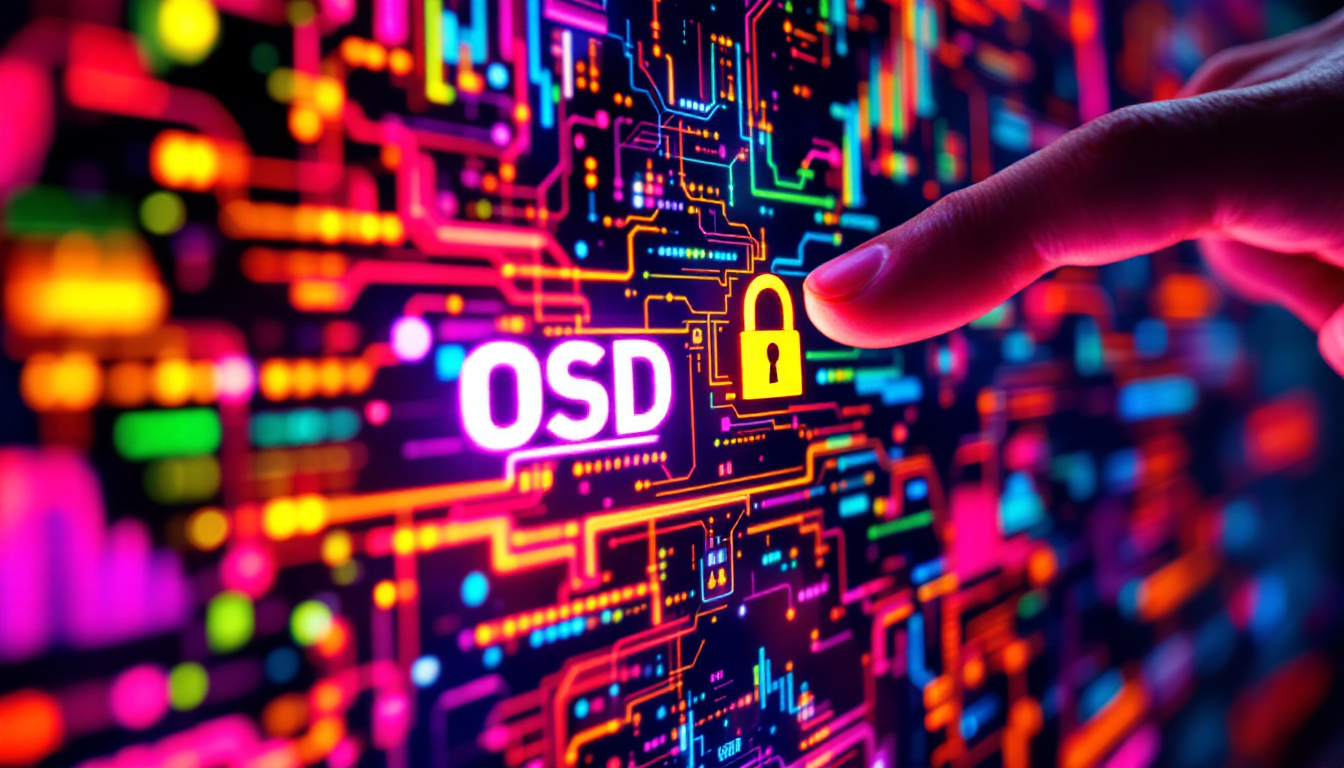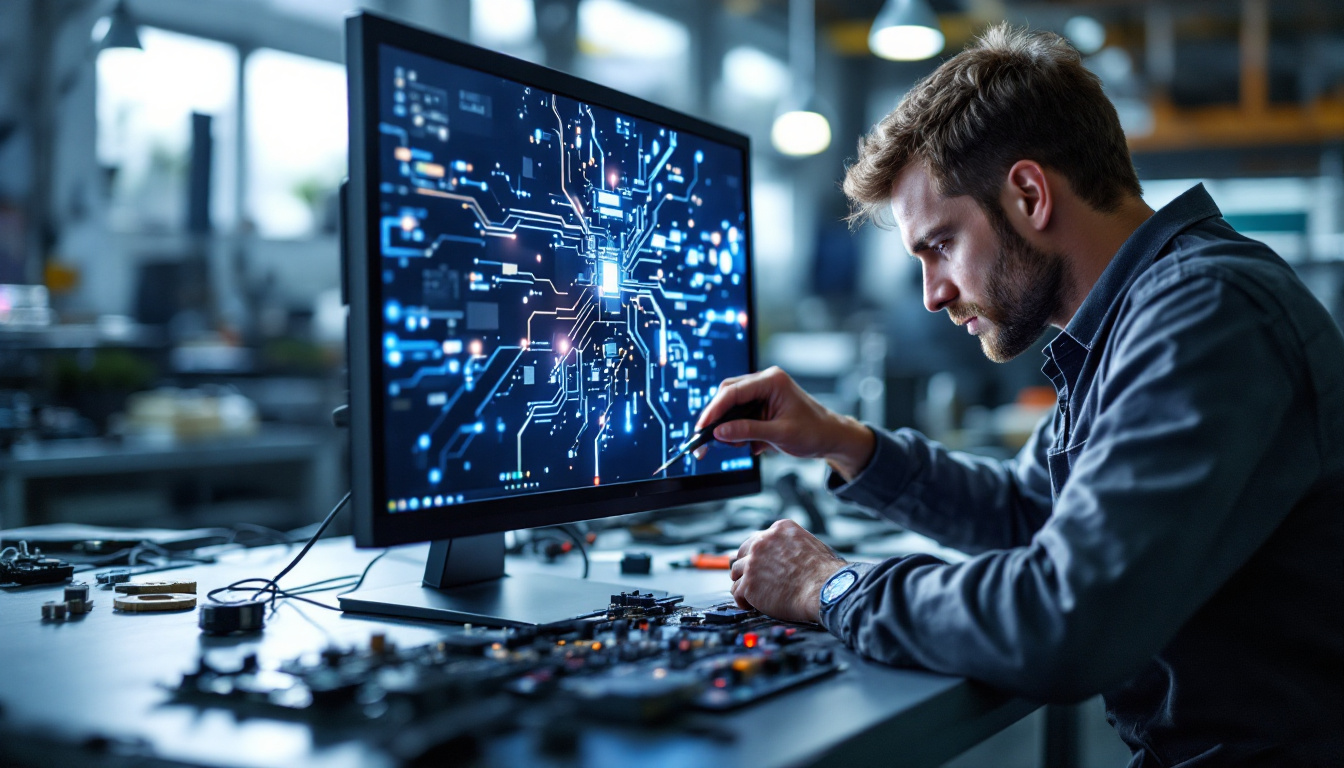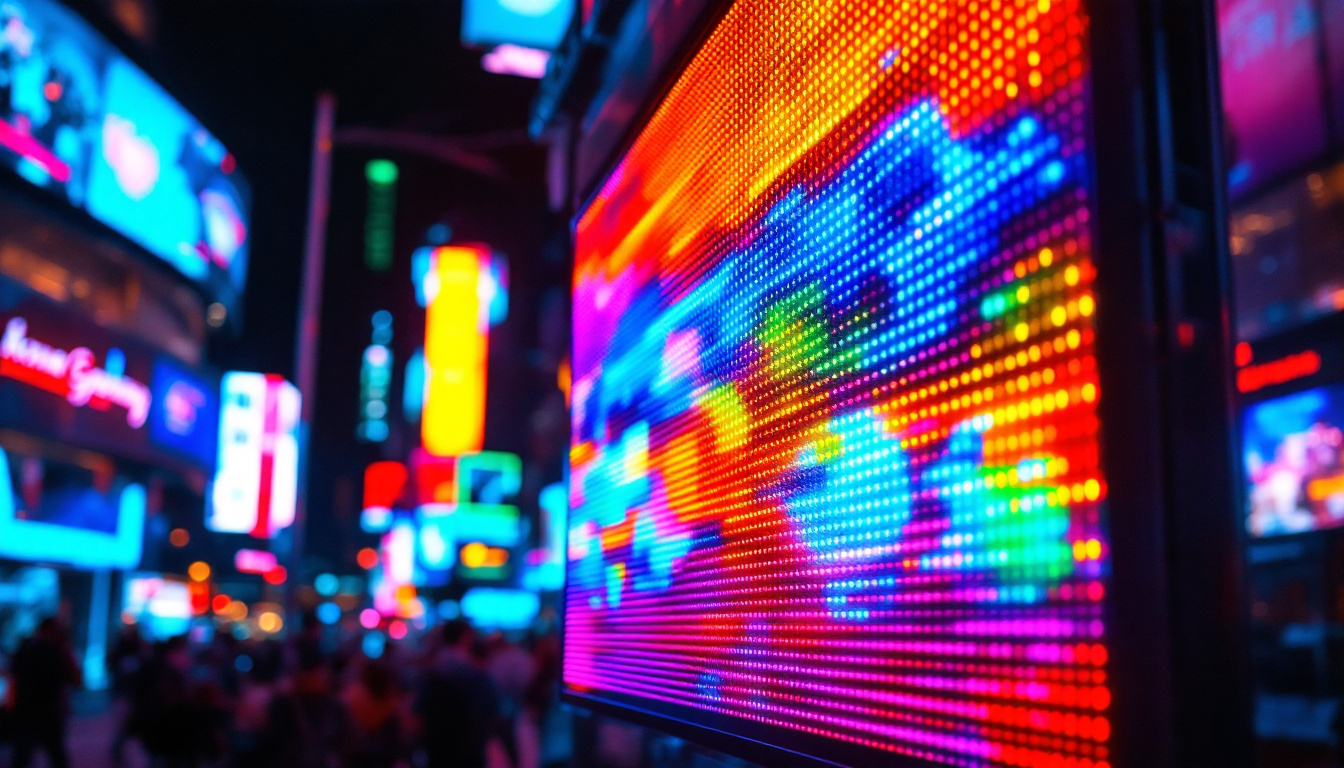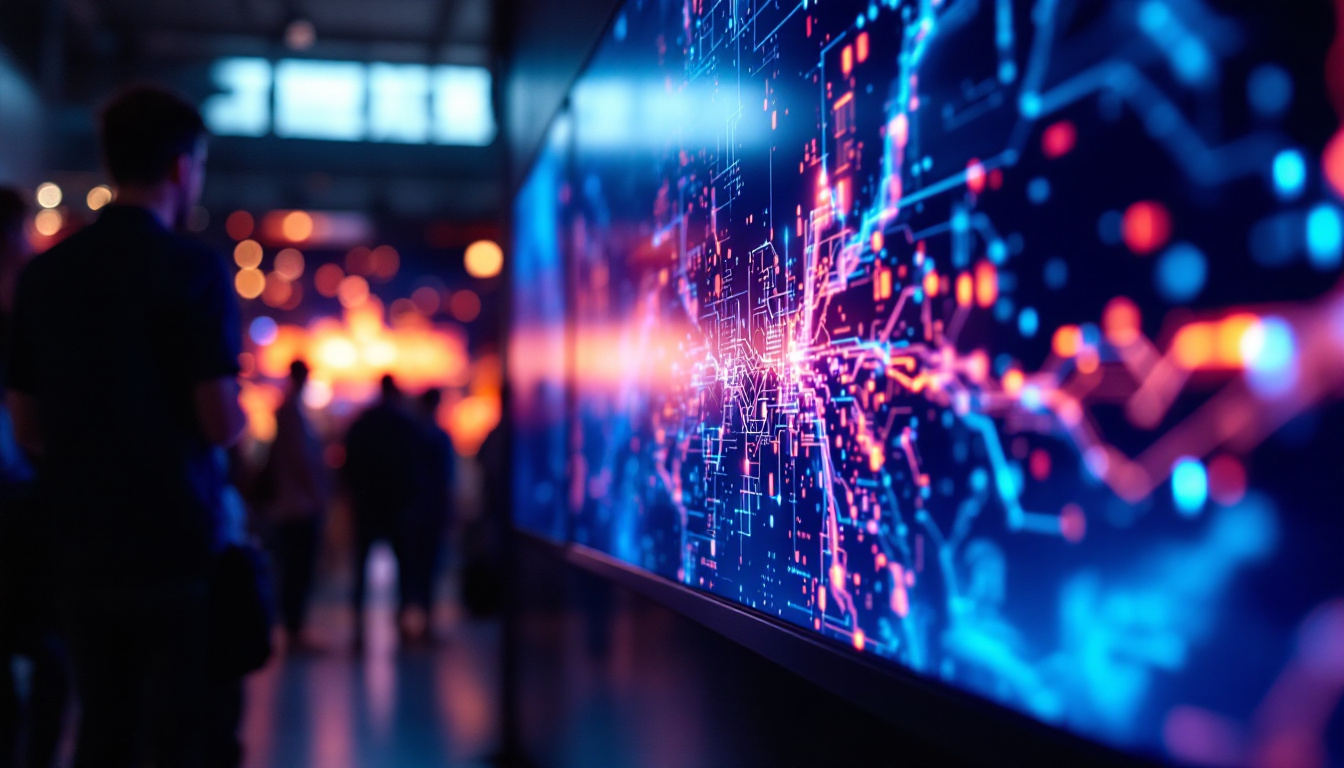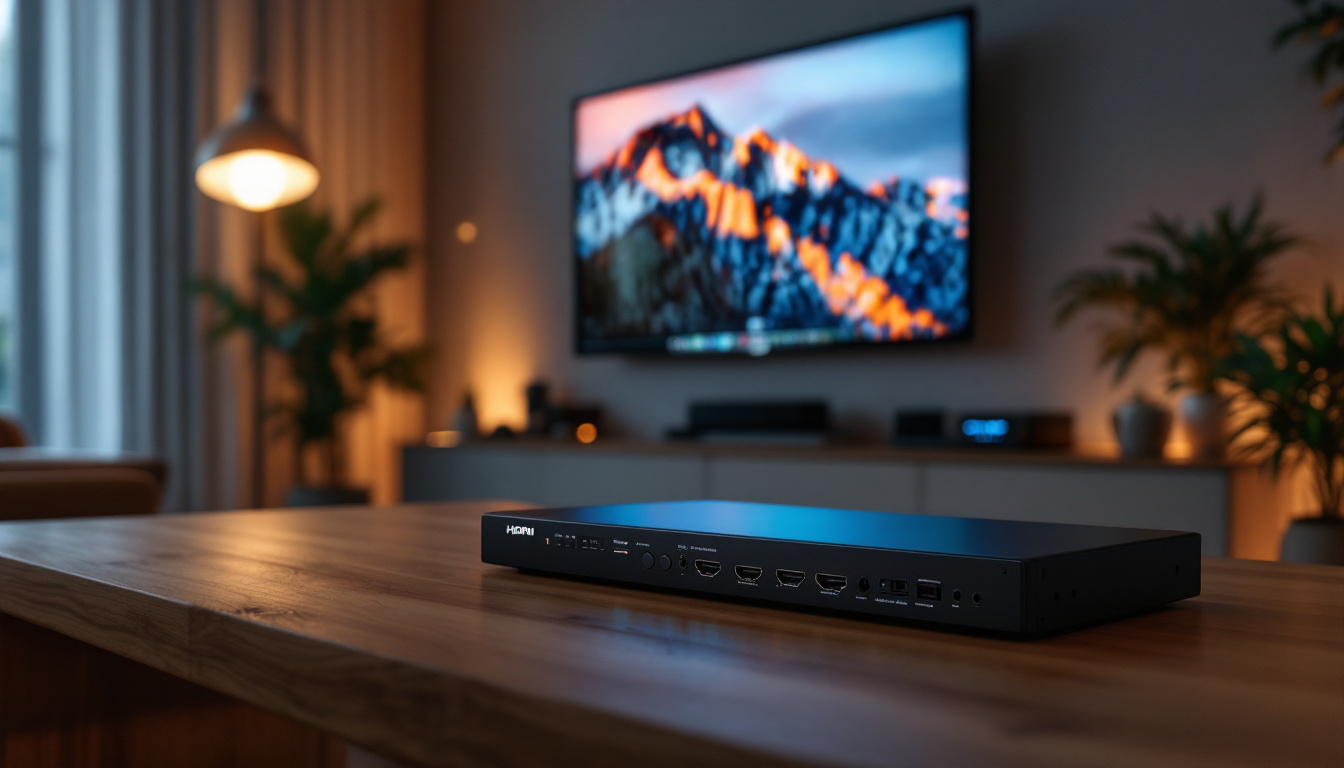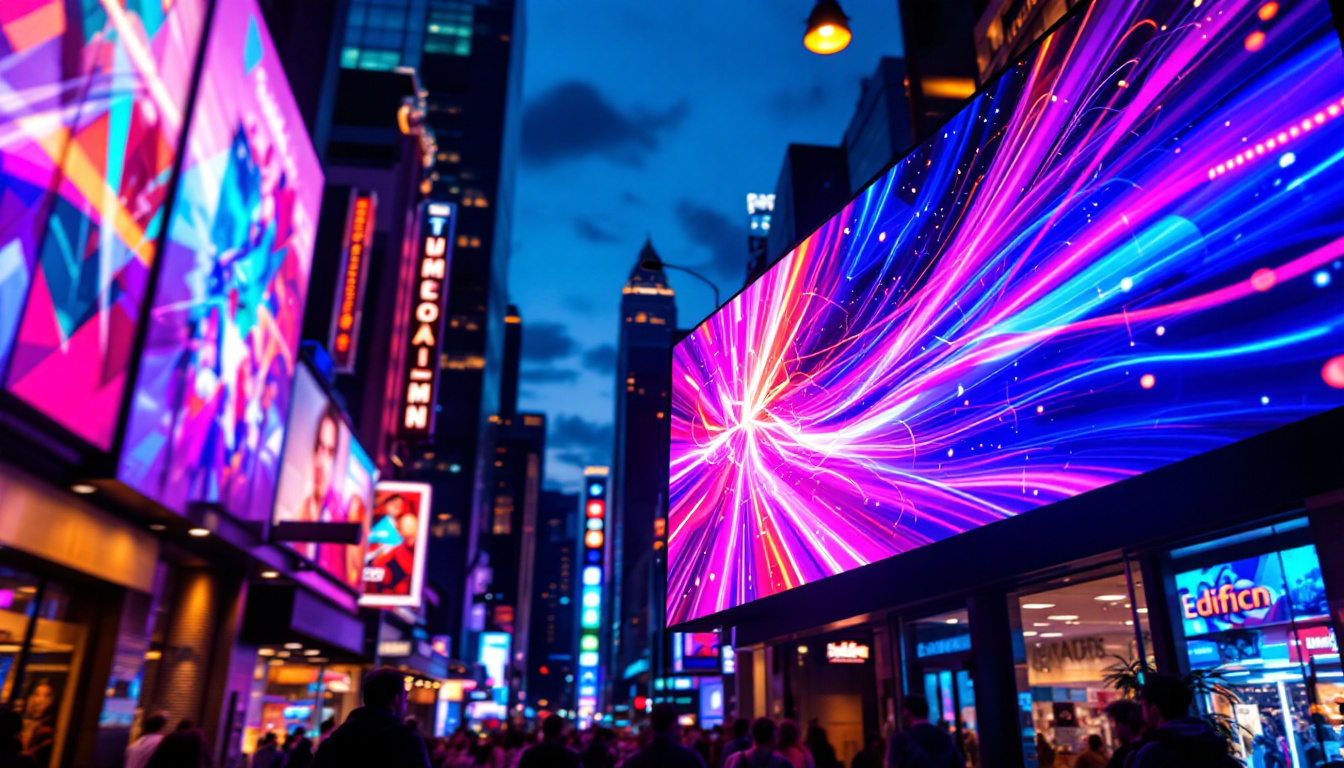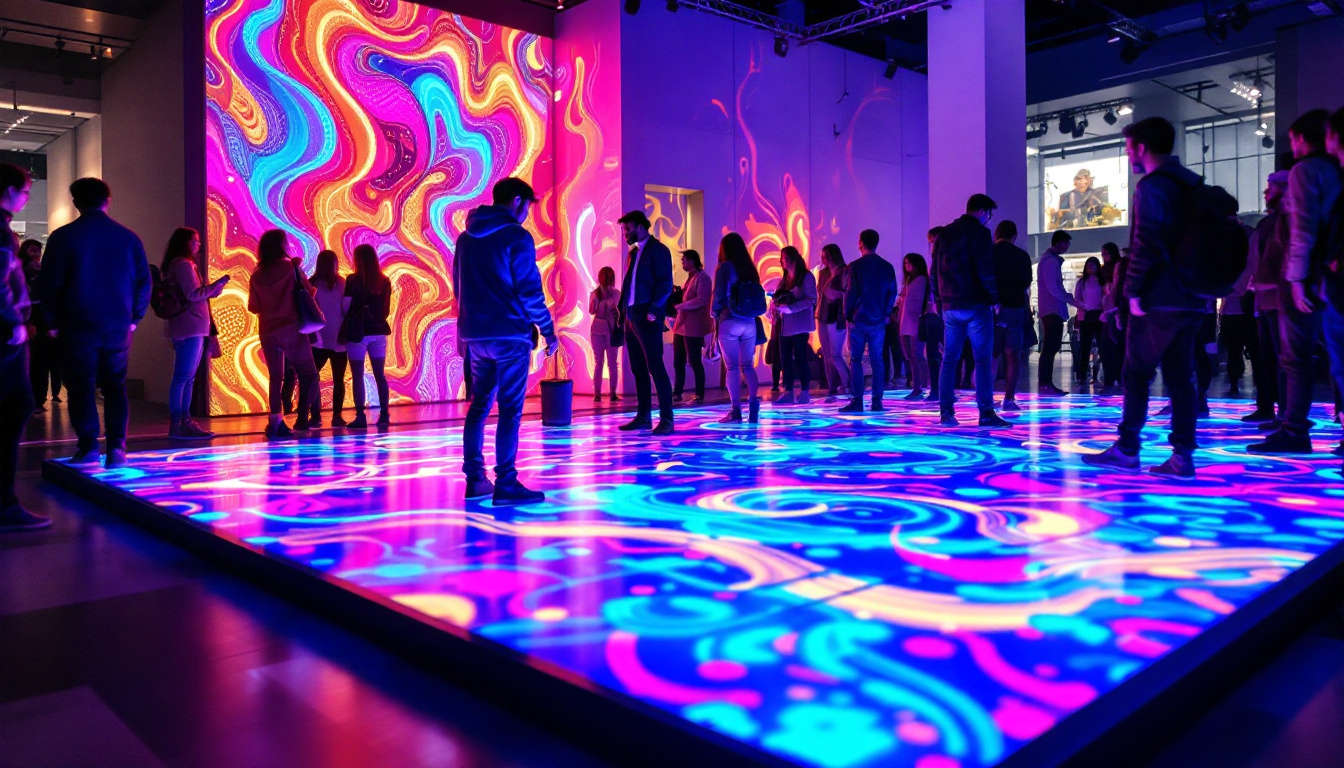In the digital age, visual communication has become paramount for businesses and organizations. One of the most effective tools in this realm is the LED display. This article delves into the intricacies of LED displays, their functionality, applications, and the innovations that have emerged in recent years. Understanding these elements can empower businesses to leverage LED technology to enhance their visibility and engagement.
What is an LED Display?
An LED (Light Emitting Diode) display is a flat panel display that utilizes light-emitting diodes as pixels for video display. These displays are known for their brightness, energy efficiency, and versatility, making them a popular choice for various applications, from advertising billboards to television screens. Their ability to produce vivid colors and sharp images has revolutionized the way we consume visual media, leading to a growing demand across multiple industries.
How LED Displays Work
LED displays function by passing an electric current through a semiconductor material, which emits light. This process occurs at the pixel level, where each pixel consists of red, green, and blue (RGB) diodes. By varying the intensity of these colors, a wide spectrum of colors can be produced, allowing for vibrant images and videos to be displayed. The technology behind LED displays has advanced significantly, leading to improved color accuracy and contrast ratios that enhance the viewing experience.
Moreover, the arrangement of these pixels can vary significantly, leading to different types of LED displays. For instance, some displays are composed of individual LED modules that can be combined to form larger screens, while others are integrated into a single panel. This flexibility allows for a wide range of applications, from small indoor displays to massive outdoor billboards. Additionally, advancements in LED technology have led to the development of features such as dynamic brightness adjustment and energy-saving modes, which further enhance their appeal for both consumers and businesses.
Types of LED Displays
There are several types of LED displays, each designed for specific environments and purposes. The most common types include:
- Indoor LED Displays: These are typically used in venues such as shopping malls, airports, and conference centers. They offer high resolution for close viewing distances, ensuring that details are crisp and clear. Indoor displays often incorporate advanced features such as touch sensitivity, enabling interactive experiences for users.
- Outdoor LED Displays: Built to withstand the elements, these displays are brighter and more durable, making them ideal for advertising in public spaces. They are engineered to resist water, dust, and extreme temperatures, ensuring consistent performance regardless of weather conditions. Many outdoor displays also feature high refresh rates, which are crucial for displaying fast-moving content, such as sports events or live broadcasts.
- Transparent LED Displays: These innovative displays allow for visibility through the screen, making them perfect for storefronts and exhibitions. By using transparent technology, they enable businesses to showcase products behind the display while simultaneously advertising. This unique feature not only enhances visual appeal but also maximizes space utilization in retail environments.
In addition to these common types, there are also specialized LED displays such as flexible LED screens that can be bent and shaped to fit unconventional spaces, and high-definition LED walls that create immersive viewing experiences in arenas and concert venues. The continuous evolution of LED technology promises even more exciting developments in the future, potentially leading to new applications and enhanced user experiences across various fields.
Applications of LED Displays
The versatility of LED displays has led to their adoption across various industries. From advertising to entertainment, their applications are vast and varied.
Advertising and Marketing
One of the most prominent uses of LED displays is in advertising. Brands leverage these bright, eye-catching screens to capture the attention of potential customers. Whether in the form of billboards, storefront displays, or digital signage, LED technology allows for dynamic content that can be updated in real time, making marketing campaigns more effective.
Moreover, the ability to display high-quality visuals and videos enhances brand messaging. Companies can showcase their products in action, share customer testimonials, or promote special offers, all of which can significantly increase foot traffic and sales.
Entertainment and Events
In the entertainment industry, LED displays play a crucial role in enhancing the audience experience. Concerts, festivals, and sporting events often feature large LED screens that provide live feeds, visuals, and graphics, ensuring that every attendee can enjoy the show, regardless of their location.
Additionally, LED displays are increasingly used in theaters and cinemas, where they can replace traditional projection systems. This shift allows for brighter images, better color accuracy, and a more immersive viewing experience.
Transportation and Wayfinding
LED displays are also integral to the transportation sector. Airports, train stations, and bus terminals utilize these screens for real-time updates on arrivals and departures, ensuring that travelers have access to the latest information.
Furthermore, LED displays are employed in wayfinding systems, guiding individuals through complex environments. This application not only enhances user experience but also improves safety by providing clear and immediate information.
Benefits of LED Displays
The advantages of LED displays extend beyond their visual appeal. They offer numerous benefits that make them a preferred choice for many applications.
Energy Efficiency
One of the standout features of LED technology is its energy efficiency. Compared to traditional display technologies, such as LCD or plasma, LED displays consume significantly less power. This not only leads to lower energy bills but also reduces the carbon footprint of businesses.
Moreover, many LED displays are designed with smart technology that allows for automatic brightness adjustment based on ambient light conditions, further enhancing their energy-saving capabilities.
Longevity and Durability
LED displays are known for their longevity. With a lifespan that can exceed 100,000 hours, these displays require less frequent replacements than other technologies. This durability is particularly beneficial for outdoor applications, where exposure to weather elements can take a toll on traditional displays.
Additionally, LED displays are resistant to shock and vibration, making them suitable for high-traffic environments and events where durability is paramount.
High-Quality Visuals
The quality of visuals produced by LED displays is another significant advantage. With high brightness levels and excellent color accuracy, these displays can deliver stunning images and videos that capture the attention of viewers.
Furthermore, advancements in LED technology have led to the development of high-resolution displays, allowing for clearer and more detailed content. This capability is particularly important in applications where fine details matter, such as in art exhibitions or product showcases.
Challenges and Considerations
While LED displays offer numerous benefits, there are also challenges and considerations that businesses should keep in mind when investing in this technology.
Initial Investment Costs
The initial cost of purchasing and installing LED displays can be significant. Although prices have decreased over the years, high-quality displays still require a considerable investment. Businesses must weigh the potential return on investment against the upfront costs to determine if LED technology is the right choice for their needs.
However, it is essential to consider the long-term savings associated with energy efficiency and reduced maintenance costs, which can offset the initial expenditure over time.
Technical Expertise
Implementing LED technology may require specialized knowledge and technical expertise. Businesses may need to hire professionals for installation and maintenance, which can add to the overall costs.
Additionally, ensuring that the content displayed is engaging and relevant requires a certain level of skill in digital marketing and design. Companies may need to invest in training or hire experts to maximize the effectiveness of their LED displays.
Environmental Impact
Although LED displays are more energy-efficient than traditional technologies, they still have an environmental impact. The production and disposal of electronic components can contribute to electronic waste, which is a growing concern worldwide.
Businesses should consider eco-friendly practices when implementing LED technology, such as recycling old displays and choosing manufacturers that prioritize sustainable production methods.
The Future of LED Displays
The future of LED displays looks promising, with ongoing advancements in technology and design. Innovations are continually emerging, enhancing the capabilities and applications of LED displays.
Smart LED Displays
As smart technology continues to evolve, LED displays are becoming increasingly integrated with IoT (Internet of Things) systems. This integration allows for real-time data collection and analysis, enabling businesses to tailor their content based on audience behavior and preferences.
For example, smart LED displays can adjust their messaging based on the time of day, weather conditions, or even audience demographics, providing a more personalized experience for viewers.
Higher Resolutions and Flexibility
Future developments in LED technology are expected to yield even higher resolutions, making displays suitable for ultra-high-definition content. This advancement will be particularly beneficial for applications requiring exceptional detail, such as medical imaging or high-end advertising.
Additionally, flexible LED displays are gaining traction, allowing for creative installations that can conform to various shapes and surfaces. This flexibility opens up new possibilities for artistic and architectural applications, enhancing the visual landscape of urban environments.
Increased Interactivity
As consumer expectations evolve, the demand for interactive displays is on the rise. Future LED displays are likely to incorporate touch and gesture recognition technologies, allowing users to engage with content in new and exciting ways.
This interactivity can enhance customer experiences in retail environments, museums, and exhibitions, creating memorable interactions that drive engagement and brand loyalty.
Conclusion
LED displays have revolutionized the way businesses communicate visually. With their energy efficiency, longevity, and high-quality visuals, they offer numerous advantages that make them a valuable asset in various industries. However, it is essential to consider the challenges and potential environmental impacts associated with this technology.
As advancements continue to shape the future of LED displays, businesses that embrace this technology will be well-positioned to enhance their visibility and engagement in an increasingly competitive landscape. By understanding the capabilities and potential of LED displays, organizations can make informed decisions that align with their goals and objectives.
Discover LumenMatrix LED Display Solutions
Ready to elevate your visual communication strategy with cutting-edge LED display technology? Look no further than LumenMatrix, a pioneer in crafting immersive LED display modules designed to amplify your brand’s presence and captivate your audience. From versatile Indoor and Outdoor LED Wall Displays to innovative solutions like Vehicle LED Displays, LED Posters, and even Custom LED Displays, LumenMatrix offers a comprehensive range of products to meet your unique needs. Embrace the future of digital signage with LumenMatrix and transform how you engage with viewers. Check out LumenMatrix LED Display Solutions today and make a lasting impression with every display.

